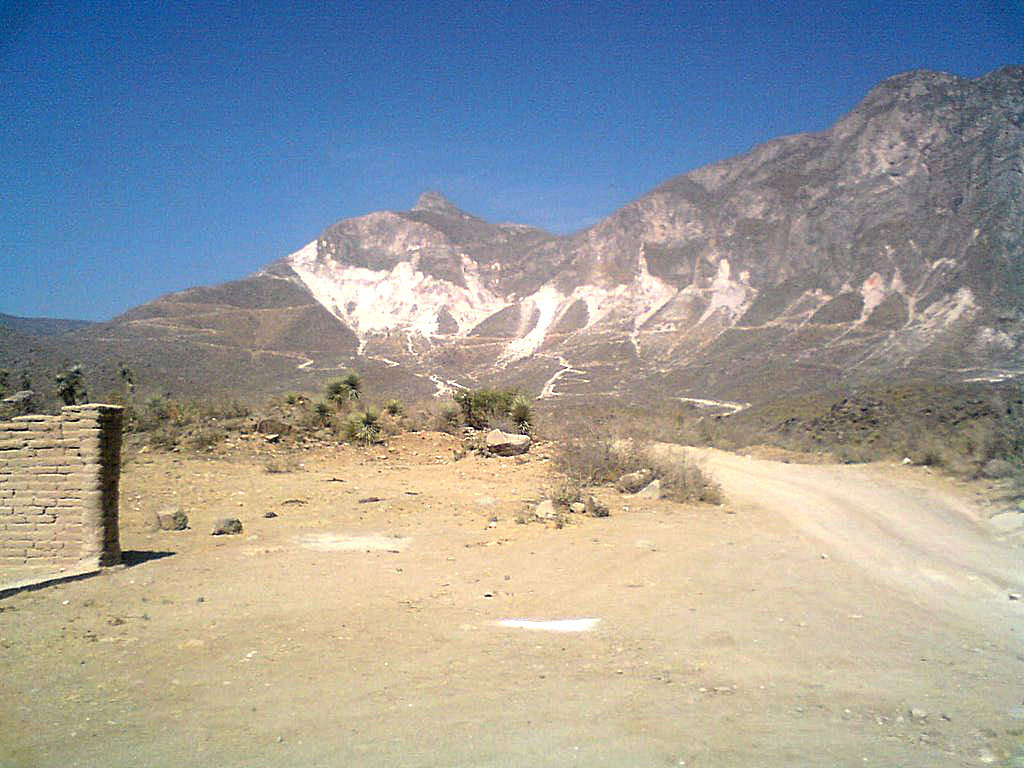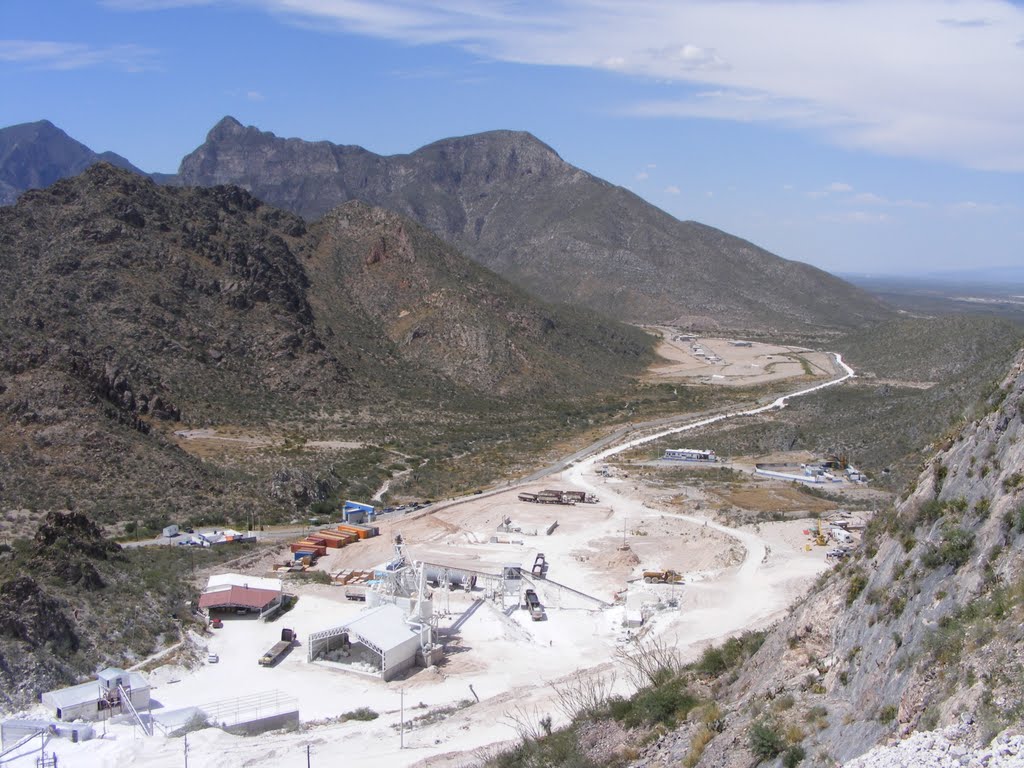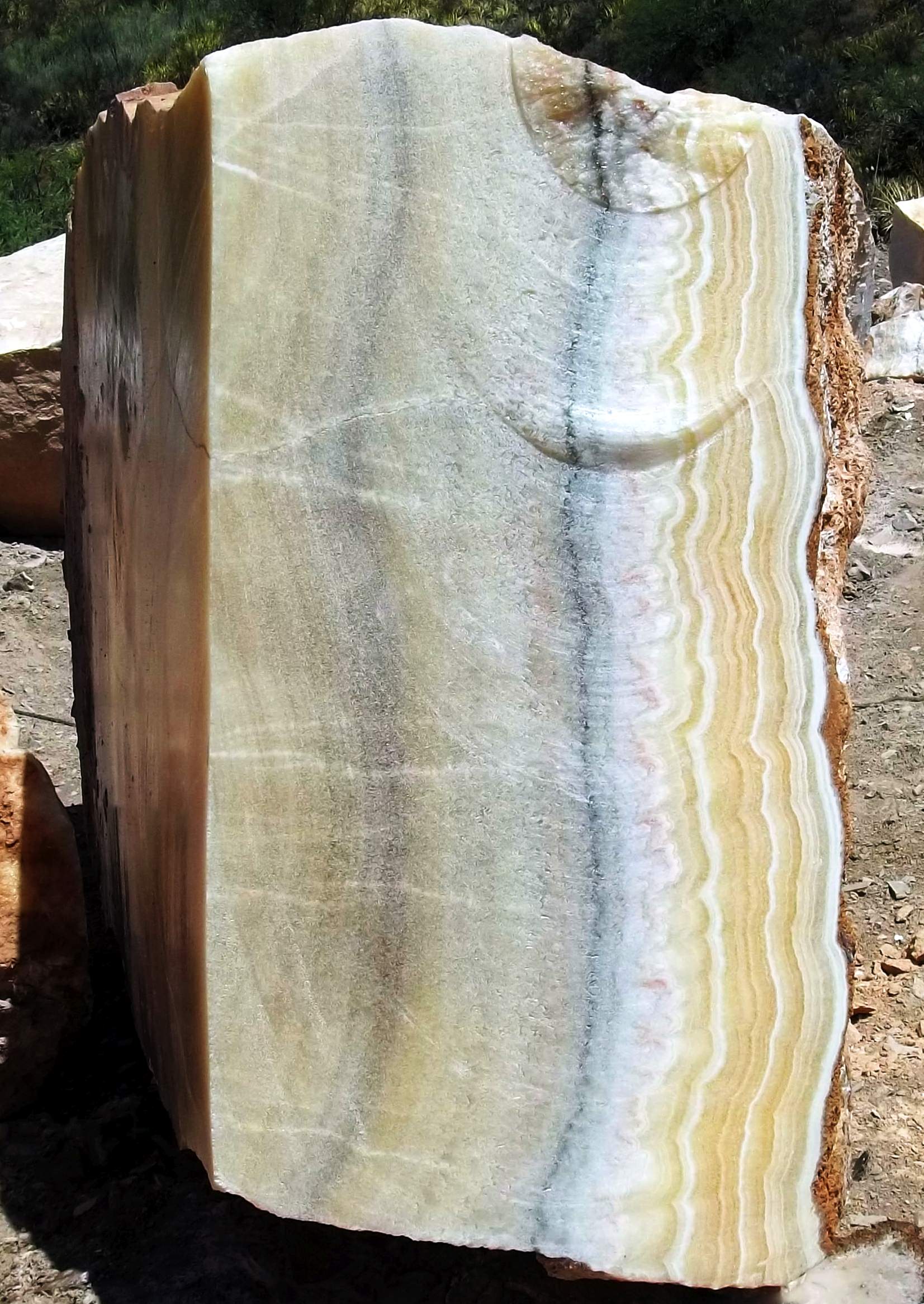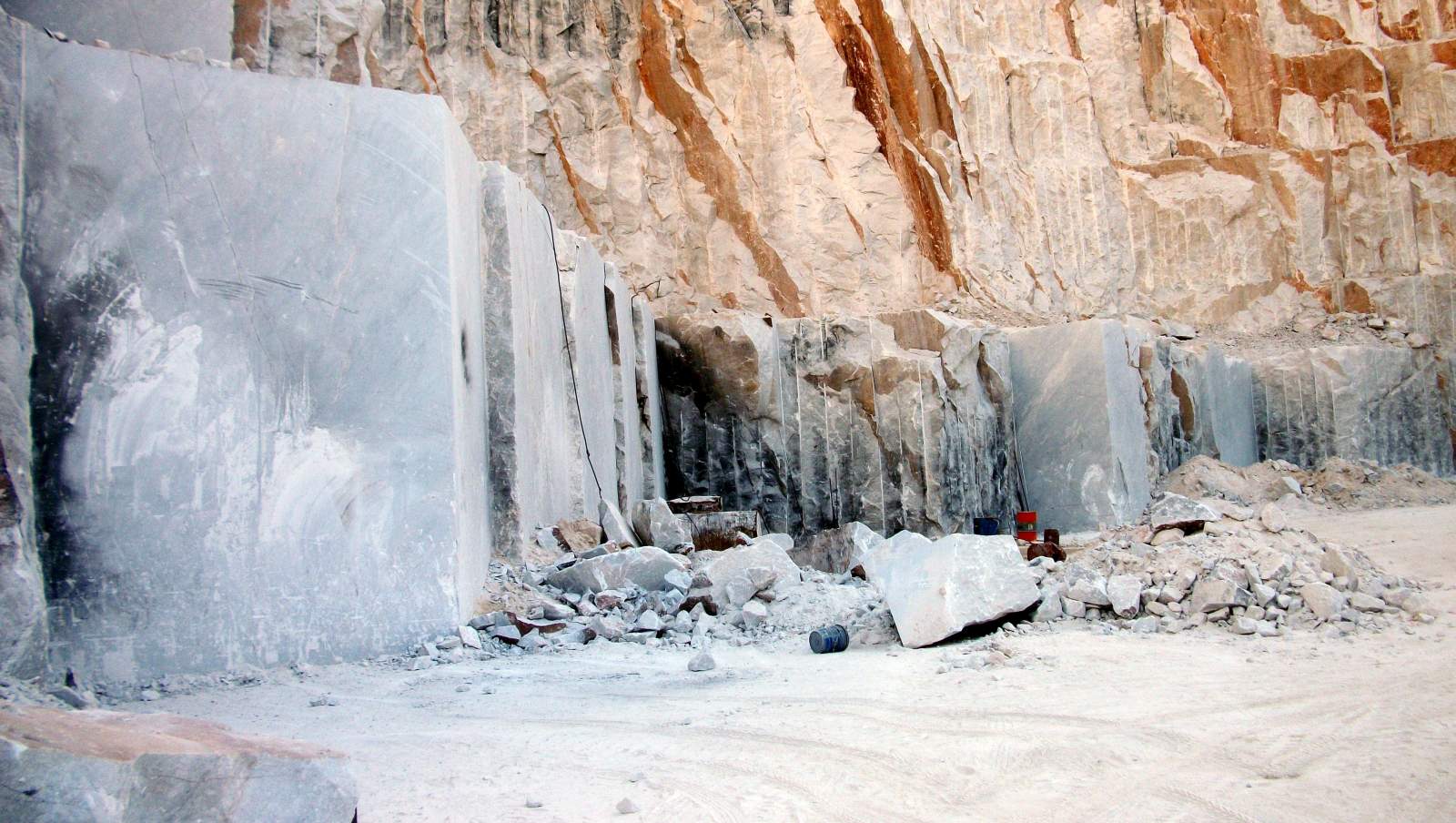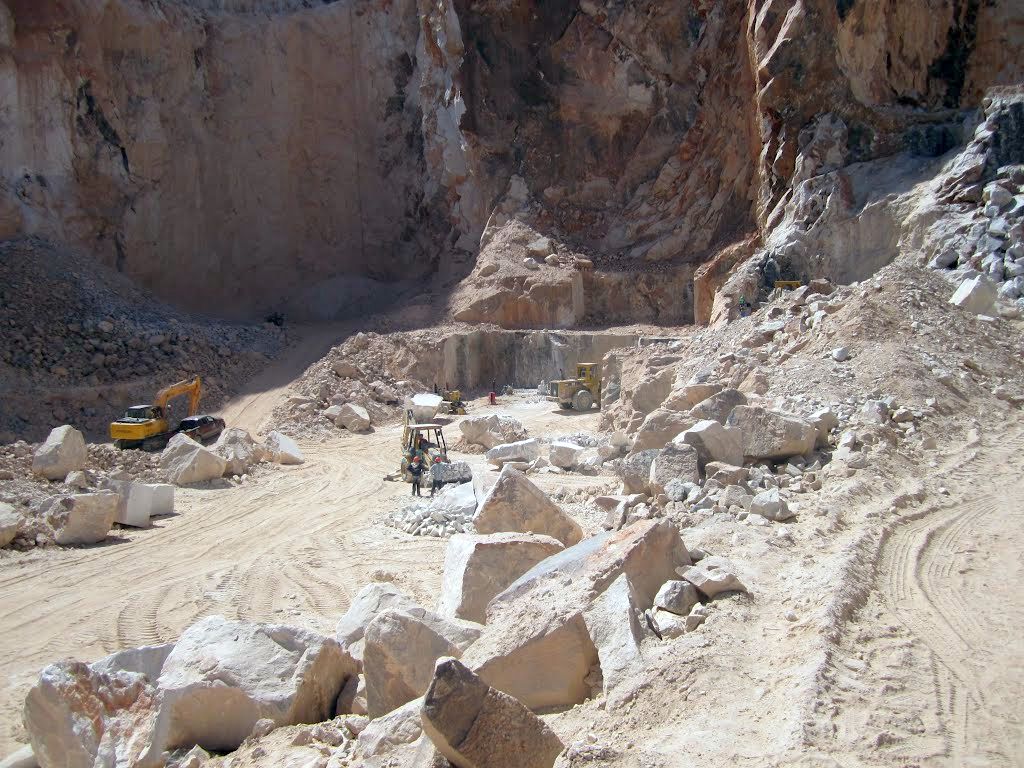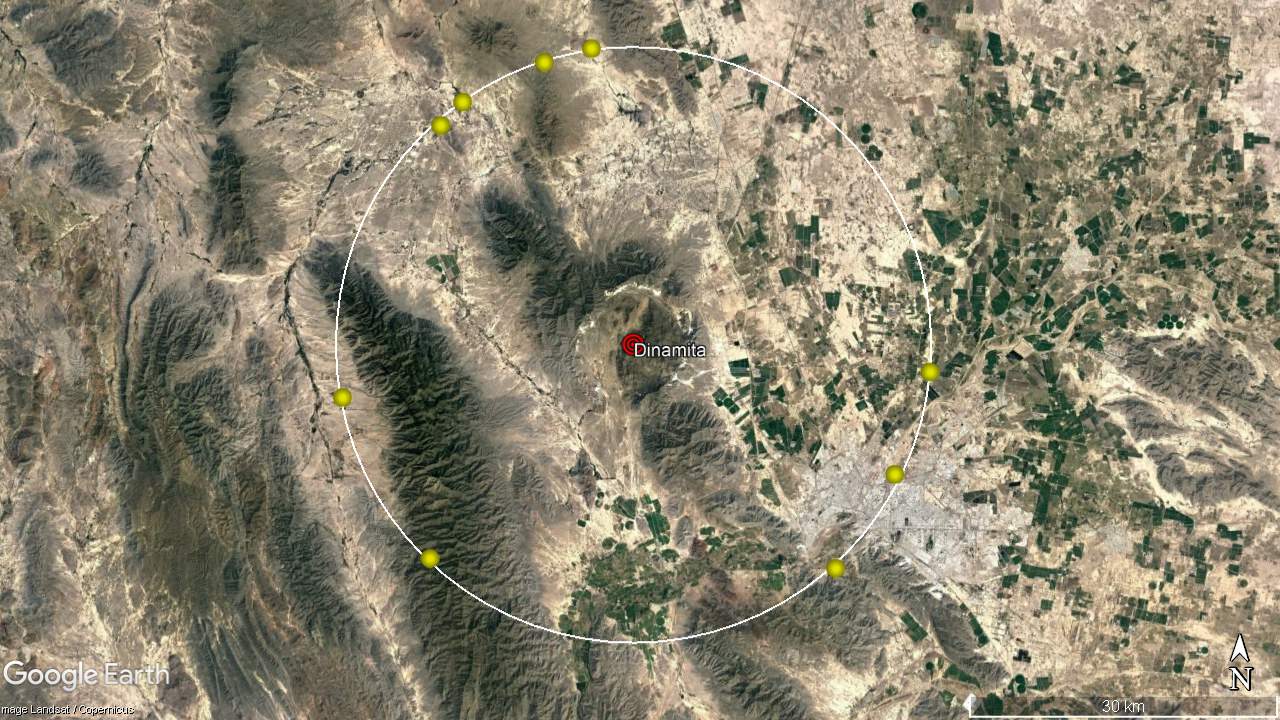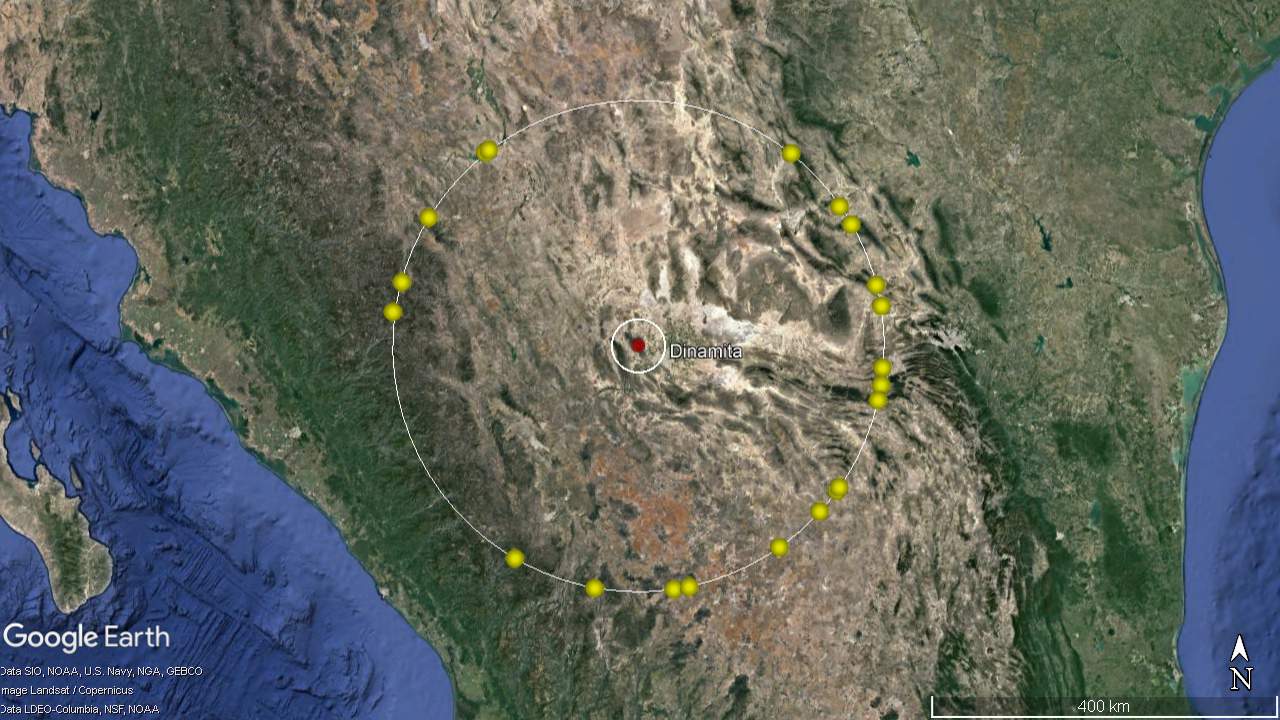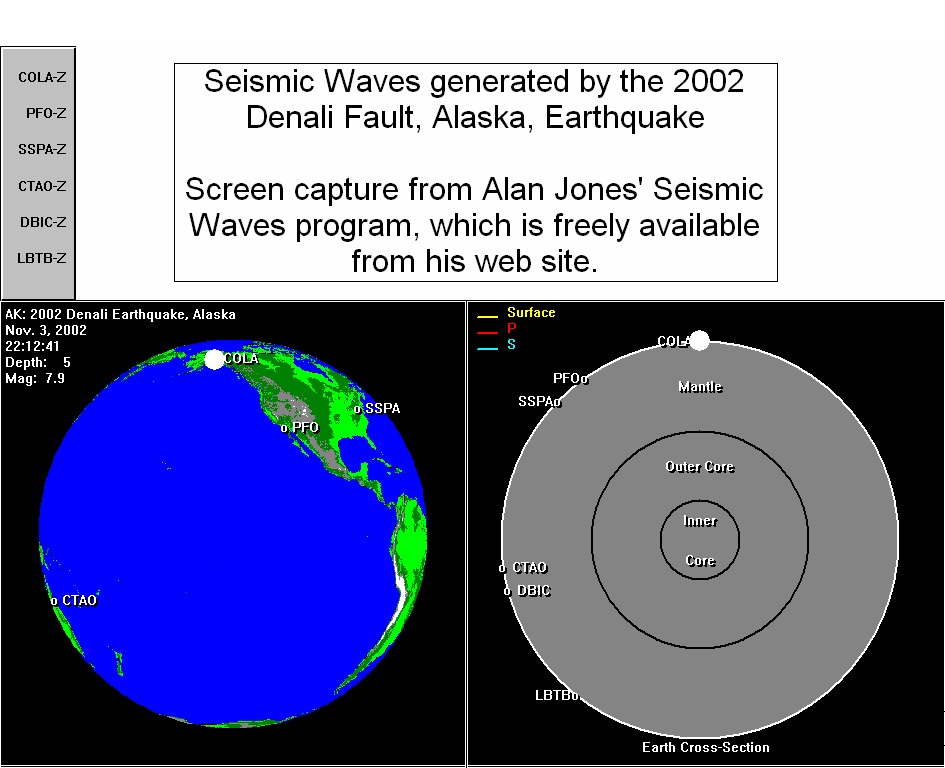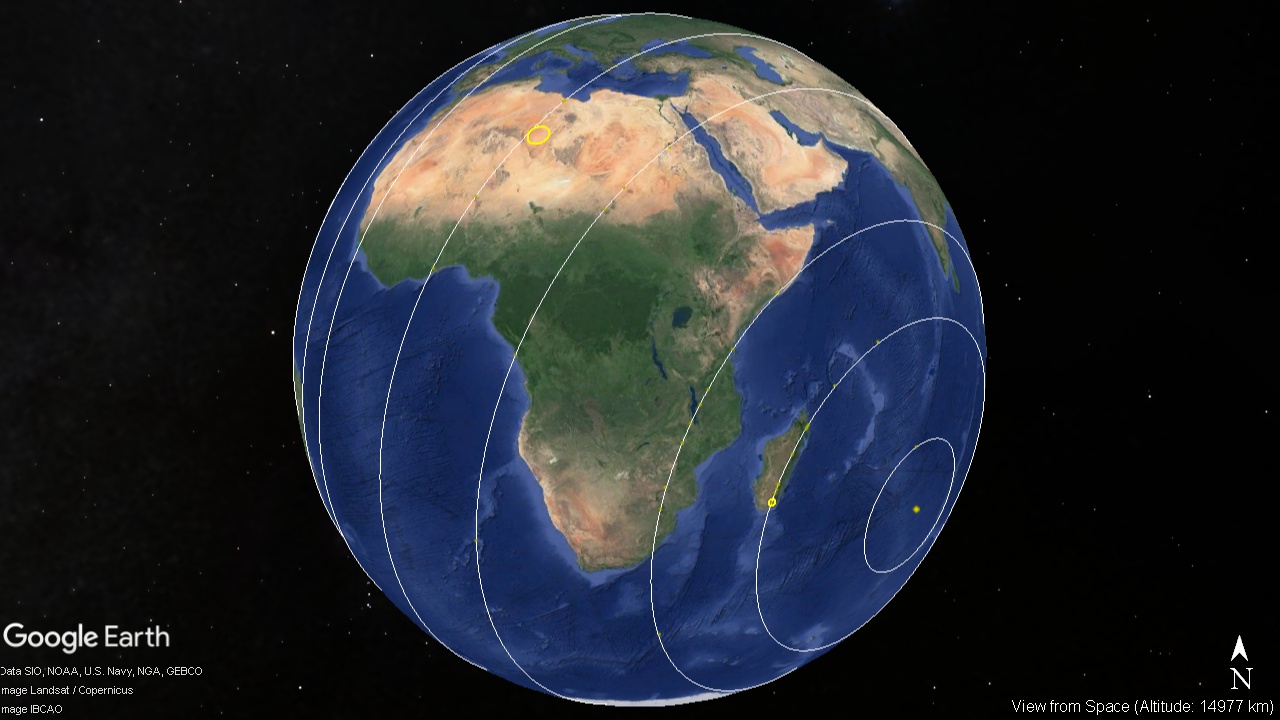Dinamita Crater
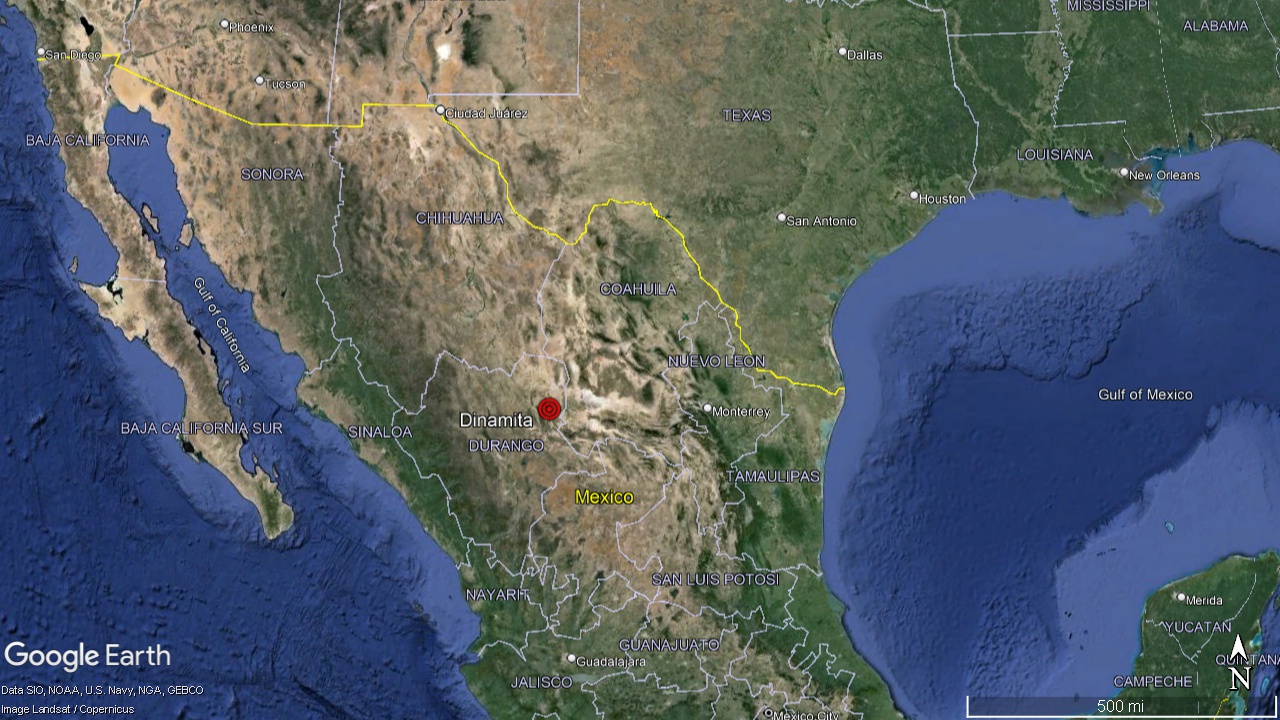
This is an impact crater located in north central Mexico. It is located
about 10 miles Northwest of Gomez Palacio, in
North Eastern Durango State.
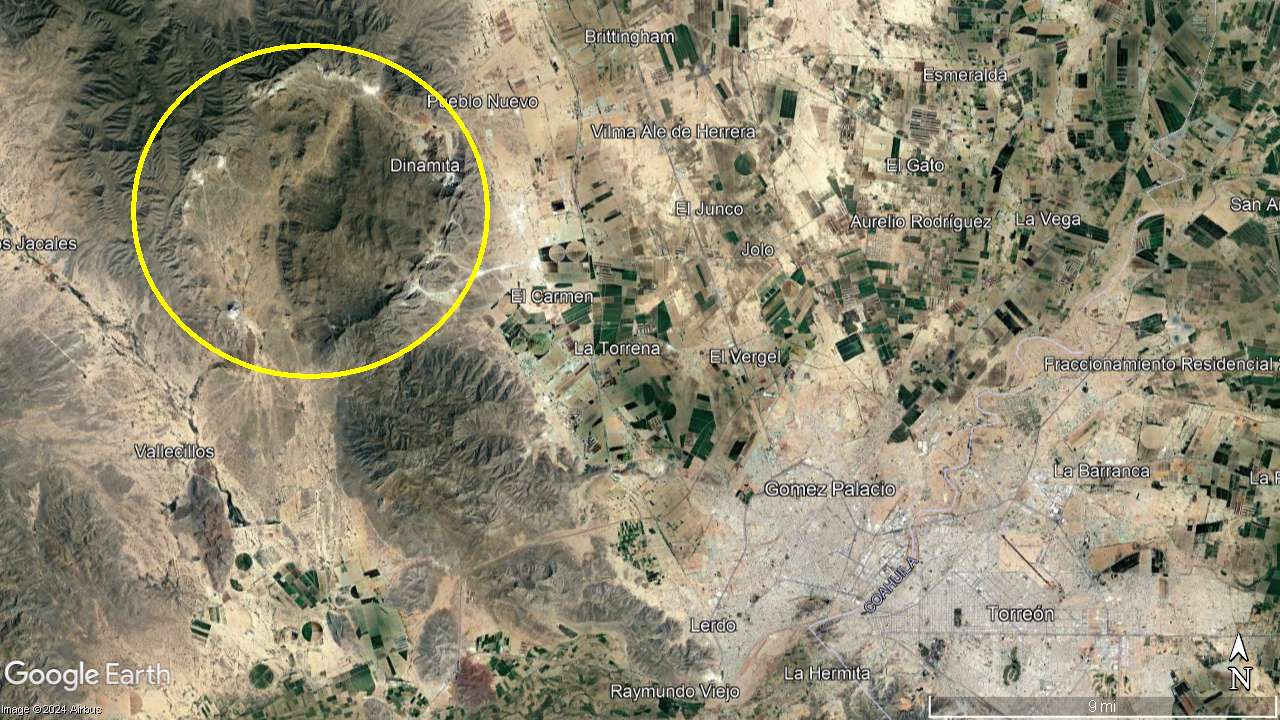

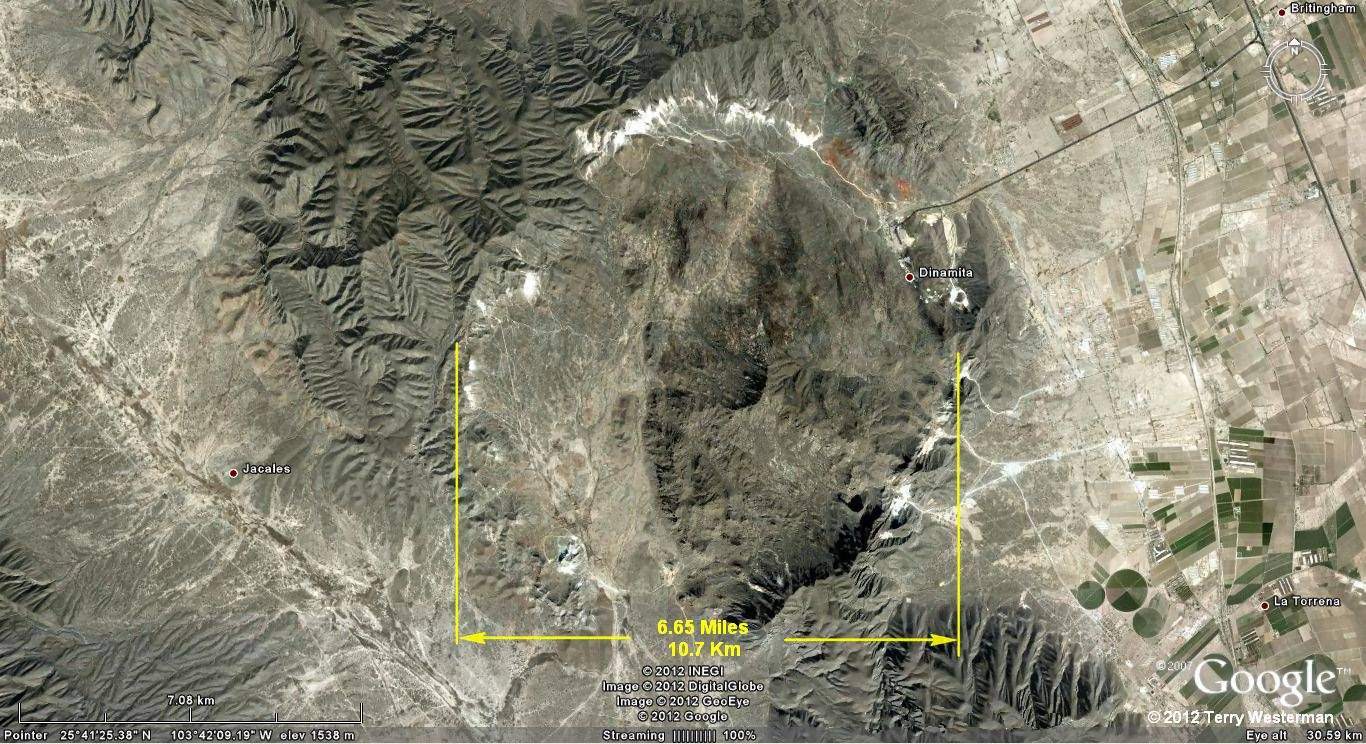
The impact crater is about 6.65 miles (10.7 km) in diameter. The strike was in existing mountains.This is an important site for several reasons. The first is that it is here on Earth and it actually looks like an impact crater, which is rare. This shows the form of a heavy, dense asteroid impact, as opposed to a loosely packed comet type of impact. Since it hit in the mountains, it demonstrates that the primary blast ring expands outward in a circle, regardless of the actual angle of the hit, or the terrain that it passes through.


Here in the mountains, the primary blast ring expanded over the rugged terrain, flattening the mountains that it hit. This image is looking to the northeast. It appears that the crater may have filled with water at one time, and then the rim broke, spilling the water to the lower right of the image.
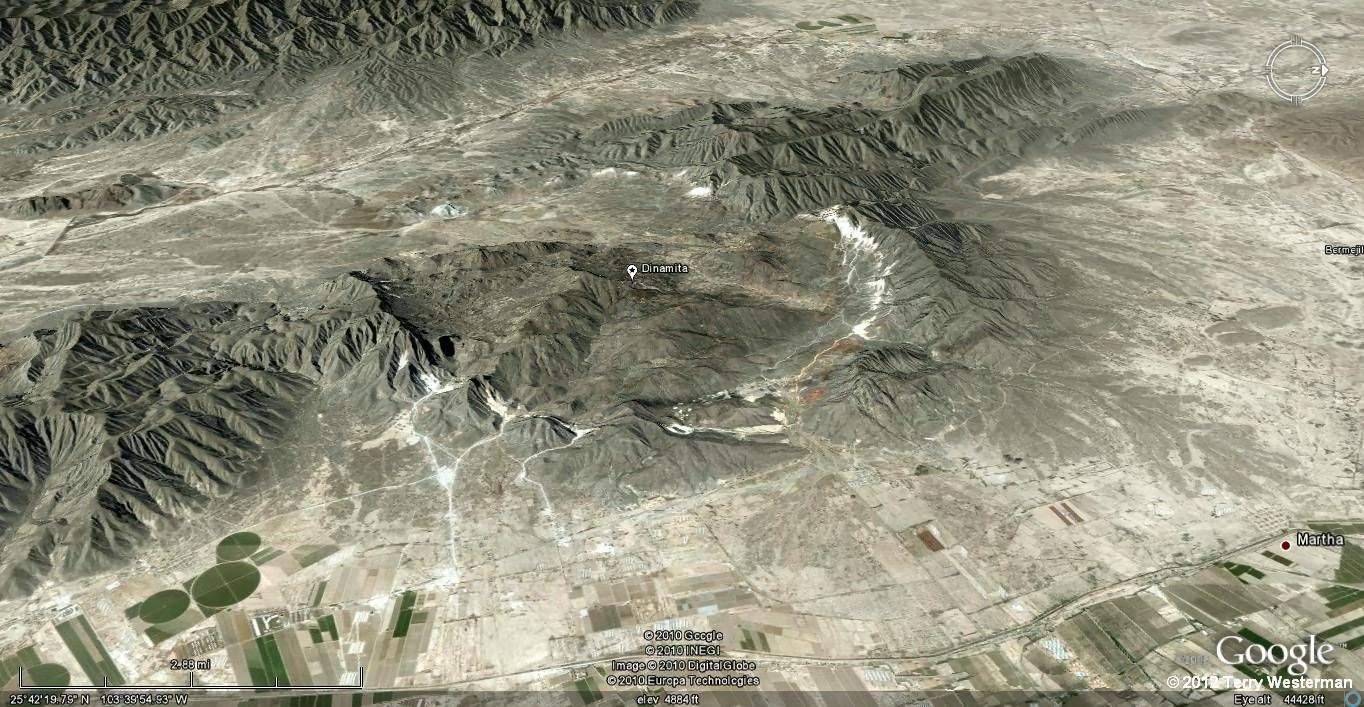
Looking at the crater from the southeast to the northwest.
